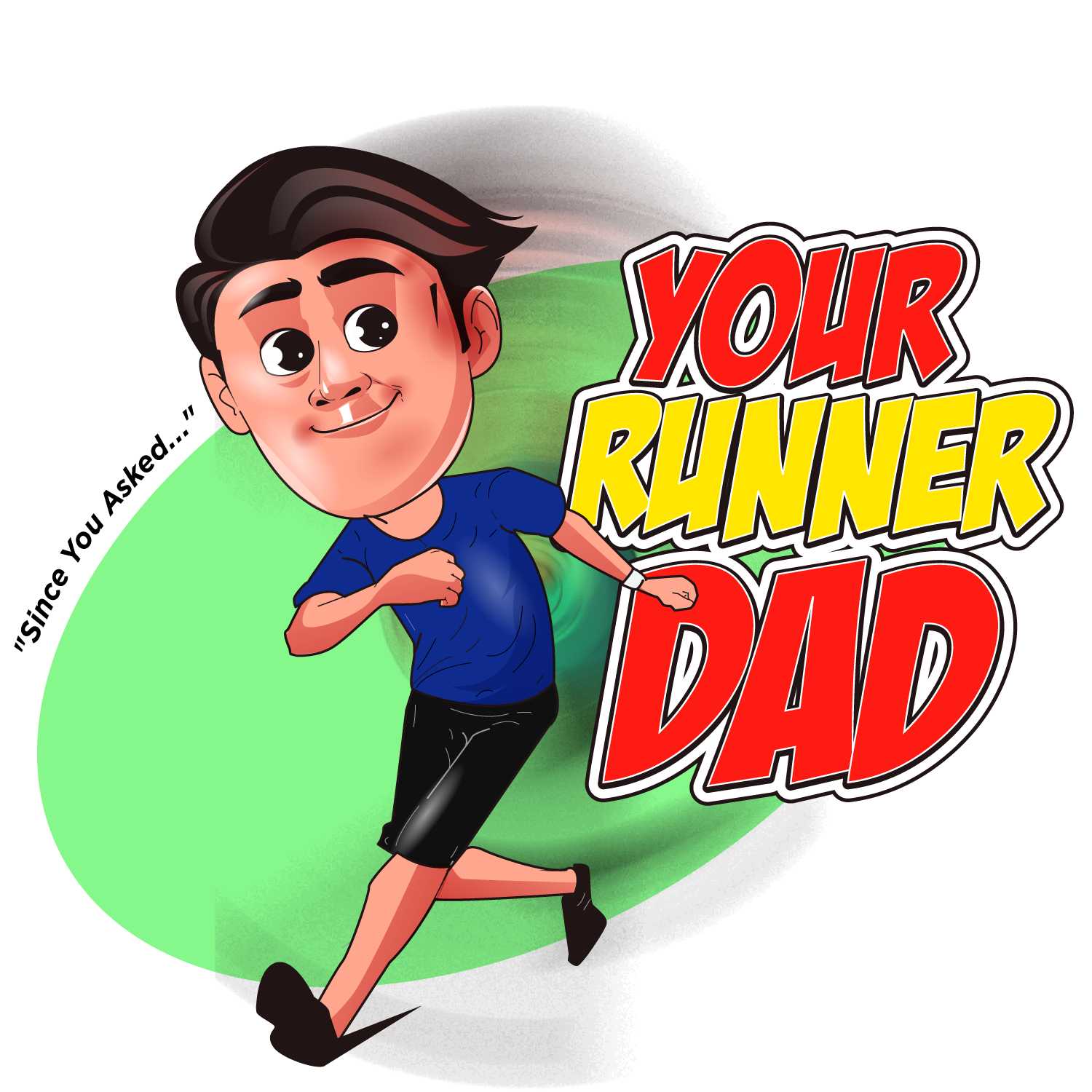Running Injury Basics: Runner’s Knee
- Running Injury Basics: Runner’s Knee - September 18, 2015
- Running Injury Basics: Shin Splints - September 8, 2015
- Race Day Strategies - January 19, 2015
Hi everyone! It’s Meredith from over at FitNiceRunner. I’m a Crossfit Endurance Coach, USA Track and Field Level I Coach and ACSM Certified Personal Trainer. A passionate runner, I love helping people reach their fitness goals and am excited to team up with Matt at The Runner Dad to cover basic running injuries. This third installment will cover runner’s knee, a term that can refer to any pain centered around your kneecap.
What
Unlike shin splints and plantar fasciitis, runner’s knee is a broad term to describe discomfort around the kneecap that can come from several different sources. Also known as patellofemoral pain syndrome, it is common in both new and experience runners and can have a history of reoccurring.
Causes
- Overuse: Suddenly increasing training load in a high impact sport such as running can lead to overstretched tendons and irritation of the kneecap joint.
- Foot Problems: Fallen arches, overpronation or hypermobile foot joints can all cause runner’s knee.
- Muscle imbalances and malalignment: Weaker muscles in the thigh lead to uneven loads on knees that create abnormal wear and tear on the joint as the knee collapses inward with each footfall. Bones that are out of alignment will cause similar abnormal damage as stress is unevenly distributed through the skeletal system.
- Poor running mechanics: Running form errors such as heel striking, over striding, toe running and poor posture can all cause sheer across the kneecap joint that results in irregular wear and tear on the patellofemoral joint.
Symptoms
The symptoms of runner’s knee include pain around or behind the kneecap potentially along with swelling and popping/grinding feelings. There will be pain when the knee is bent during walking, running, jogging and squatting that is worse when going downhill or down a flight of stairs.
Treatment
There are a wide variety of options available to help treat runner’s knee.
- Rest: Take some time off from high impact activities and avoid putting weight on the hurting knee.
- Compression: Use compression sleeves, pants, elastic bandages or patellar straps to give the knee extra support during the healing process. Avoid these while exercising as they mask the underlying issue and can lead to more damage.
- Strength and mobility work: Study a tape of yourself running and work with a coach or physical therapist to target muscle imbalances and running form errors that created the initial irritation.
Recovery
Once you are able to get back in action after recovering from runner’s knee, maintain muscle balance and mobility by regularly performing strength and mobility exercise for the hips, legs and feet. Remember to wear appropriate shoes with enough support for your foot while avoiding doing all of your running on very hard surfaces like concrete and making sudden dramatic increases in training load.

